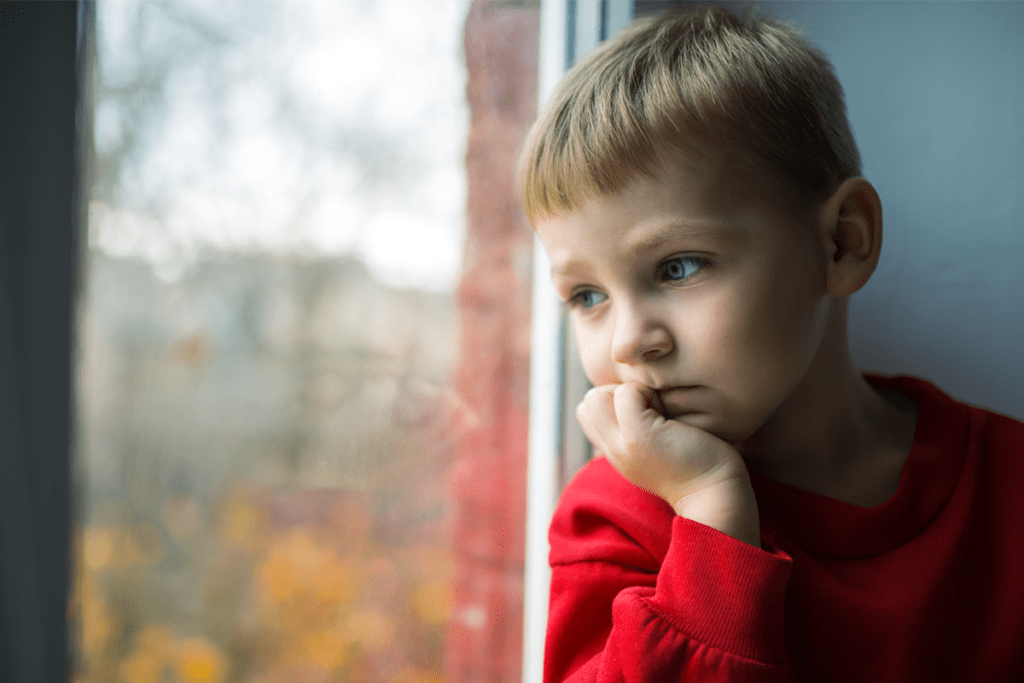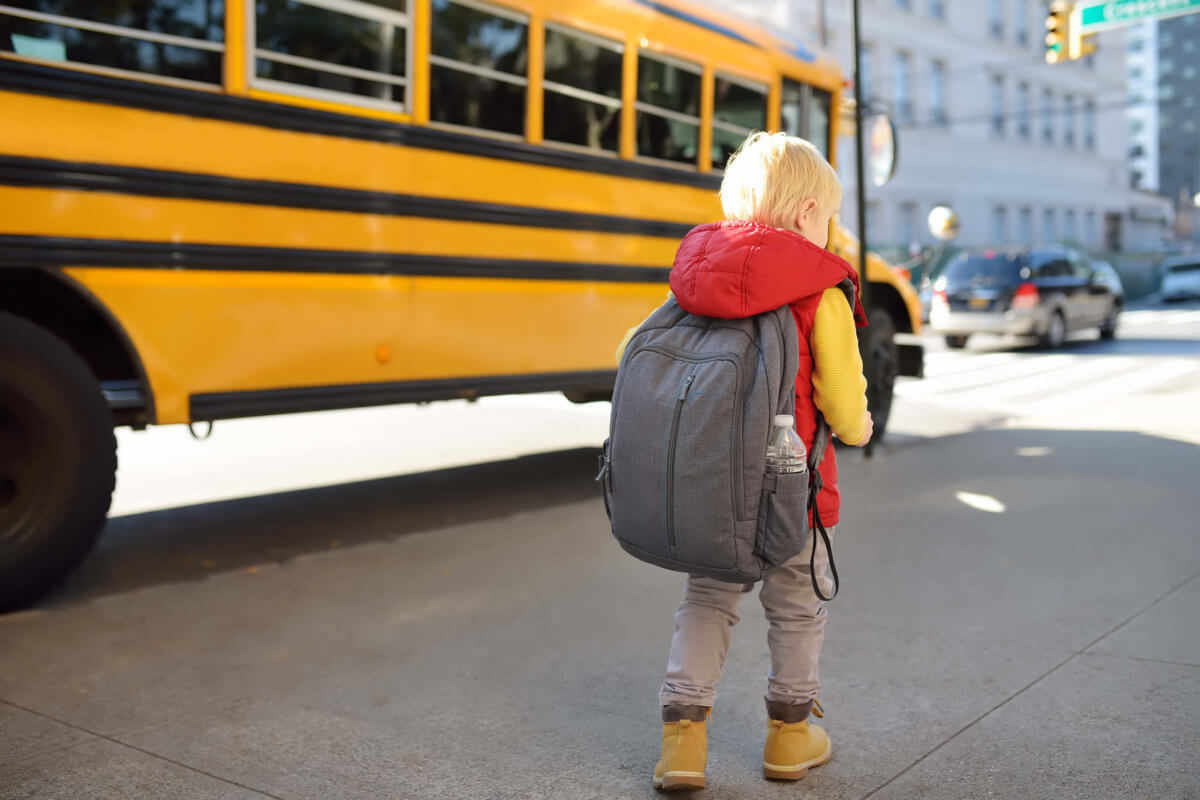Dawn Cavanagh, whose teenage son has autism, considers the benefits and challenges of life online for young people with special educational needs (SEN) and discusses ways to teach young people with SEN to navigate the internet safely, while making the most of what the internet has to offer.
Like it or not we are living in a digital age. Today, you can get online anywhere, at any time, and can communicate with almost anyone in the world. Ensuring that young people make the most of the exciting opportunities the internet has to offer, while also being helped to stay safe online is high on the public agenda. But what if your child has special educational needs (SEN)? What then?
Children with SEN include those with emotional, social or behavioural difficulties, learning difficulties, and other complex needs. There are many ways in which young people with SEN are vulnerable to danger on the internet. Children with SEN (and especially those with a diagnosis of autism) may make literal interpretations of content online, which may affect how they respond; they may not understand the concept of friendship, which may lead to them being more trusting than their peers. They may also struggle to make judgements about what information is safe to share or not recognise that they are being bullied. Furthermore, they may not appreciate how their own behaviour may be construed by someone else as bullying.
However, it is not all doom and gloom. There are benefits to using the internet for young people with SEN. The internet can be used in creative and fun ways to support learning and social interaction. For my teenage autistic son, the interactive online gaming phenomenon Minecraft allows players to build and create textured cubes in a 3D virtual world. Minecraft enables my son to have complete control of his environment and to engage in his special interests: time travel and Doctor Who. There is nothing he loves more than jumping in and out of his tardis, exploring new dimensions. Minecraft has helped to nurture his conceptual thinking, so that he has become more adept at problem solving. For example, he has worked out how to operate the tardis without any instruction. Whilst my son gets confused and distressed by others’ attempts to join him in his gaming, some young people with autism benefit from Minecraft’s multiplayer mode, which can help develop their communication and social skills, as well as enhance their creativity.
AutCraft (Duncan, 2015) is a Minecraft server specifically for autistic children and their families. The environment has been modified so that players can roam free from the dangers frequently encountered in the game’s regular modes. While all this is good, the downside of Minecraft is that like so many video games it has the potential to become addictive. This is especially concerning for children with autism who may have tendencies towards obsessive compulsive type behaviour. Excessive screen time is a recurring concern for many parents, especially in terms of time spent away from family, as well as lack of exercise.
Young people with SEN are at greater risk of cyberbullying, online grooming and exposure to inappropriate content, yet less research has been conducted in this area compared with the mainstream population. Of the body of research that currently exists, the risks for a young person with SEN appear to be more profound due to increased vulnerability and social naivety. As a group they are more likely to be lacking in sexual knowledge, have difficulties with compliance or expressing consent, as well as recognising abusive situations. Furthermore, they are less likely to have opportunities to have romantic or sexual partners, so may seek the company of strangers online and offline when lonely (Normand and Sallafranque-St-Louis, 2016).
Research has revealed that many young people with SEN have experienced cyberbullying and discriminatory behaviour such as disablist language or jokes about disability online. This can lead to considerable emotional and psychological distress. Research conducted in the Netherlands, looking at the effects of cyberbulling among students with intellectual (learning) and developmental disability, found that higher rates of cyberbullying are associated with lower levels of self-esteem and higher reported depressive feelings (Didden et al., 2009). Research undertaken by the Anti-Bullying Alliance (England and Wales) (2013) revealed that as well as having experienced cyberbullying and discriminatory behaviour many young people with SEN felt that they had not been taught how to use the internet, or to stay safe online. Moreover, some young people used the internet to create an anonymous persona to hide their disability or actively avoided the internet altogether.
A more recent study (Bannon, NcGlynn, McKenzie and Quayle, 2015) investigating the perception of online risks by young people with SEN (aged 13-18 years) in Scotland revealed that while many young people with SEN were aware of a range of risks online, and could discuss how to stay safe, not all were able to put appropriate safety strategies into practice. Some described befriending strangers on the internet. There were examples of intentional risk taking, perhaps due to peer pressure to perform. For others risk-taking in their online behaviour appeared to be linked with poor understanding of the implications of their actions and/or difficulties with inhibitory control.
There was much variation in supervision and monitoring of online behaviour, with some families putting no supervisory strategies in place, whilst others blocked access to certain content, checked history and/or placed limits on the amount of time the young person spent online. Interestingly, while some young people sought the advice of parents, and occasionally teachers, about managing online risk, many also took the opportunity to learn from peers, especially if they thought that disclosure to a family member was likely to result in removal of internet privileges. Further research is needed, perhaps including parents and teachers, in terms of how best to support young people with SEN to stay safe and strong online, whilst making the most of what the internet has to offer.
So, how do we teach young people with SEN to navigate the internet safely? The first thing is to recognise that life online presents young people with SEN with different challenges, and then to tailor strategies accordingly. Cerebra (cited in Digital Parenting, 2016), the UK charity dedicated to improving the lives of children with neurological conditions, make the point that young people with learning difficulties can sometimes be more trusting of strangers than other young people. The Cerebra guide (cited in Digital Parenting, 2016) suggests encouraging the young person to use a pseudonym (a fictitious name) online and getting him or her to seek help from a trusted adult if anyone asks for personal information, such as their address or where they go to school. The young person might also benefit from joining an online community that has been specifically set up for people with learning difficulties.
Further suggestions for limiting risk online for children and young people with autism and learning disabilities is available in Cerebra’s guide: Learning Disabilities, Autism and Internet Safety, available on Cerebra’s website.
©Dawn Cavanagh 2017, writing as a parent contributor for the Family Research Ambassadors Project run by the Centre for Education, Development and Research (CEDAR), at the University of Warwick and Cerebra.
References
Anti-Bullying Alliance (2013) Cyberbullying and children and young people with SEN: the views of young people. Retrieved 13th February 2017. Available from https://www.anti-bullyingalliance.org.uk/sites/default/files/field/attachment/disabled-young-peoples-views-on-cyberbullying-report.pdf
Bannon, S., McGlynn, T., McKenzie, K. & Quayle, E (2015). The internet and young people with Additional Support Needs (ASN): Risk and safety. Retrieved 13th February, 2017. Available from http://www.sciencedirect.com/science/article/pii/S0747563215000321
Normand, C.L. & Sallafranque-St-Louis, F (2016). Cybervictimization of Young People with an Intellectual or Developmental Disability: Risks Specific to Sexual Solicitation. Retrieved 13th February, 2017. Available from https://www.ncbi.nlm.nih.gov/pubmed/25871891
Didden, R., Scholte, R.H.J., Korzilius, H., Jan, M. H., Moor, D.E., Vermeulen, A., O’Reilly, M., Lang, R., & Lancioni, G.E (2009). Cyberbullying among students with intellectual and developmental disability in special education settings. Retrieved 13th February, 2017. Available from https://www.ncbi.nlm.nih.gov/pubmed/19466622
Digital Parenting (2016). Vodaphone UK. Retrieved 13th February, 2017. Available from http://www.vodafone.com/content/digital-parenting.html
Duncan, S (2015). Autcraft. Retrieved February 13th, 2017. Available from http://www.autcraft.com/
Useful links:
Anti-Bullying Alliance: http://anti-bullyingalliance.org.uk/
Autcraft: http://www.autcraft.com/
Digital Parenting website: http://www.vodafone.com/content/digital-parenting.html
Digital Parenting magazine: http://www.vodafone.com/content/digital-parenting/learning-and-fun/digital-parenting-magazine.html
Special Friends (Free online community for people with learning disabilities, and their parents and carers): http://www.specialfriends.com/public/
Video Game Addiction Helpline: http://www.videogameaddiction.co.uk/gaming-addiction/minecraft.html








